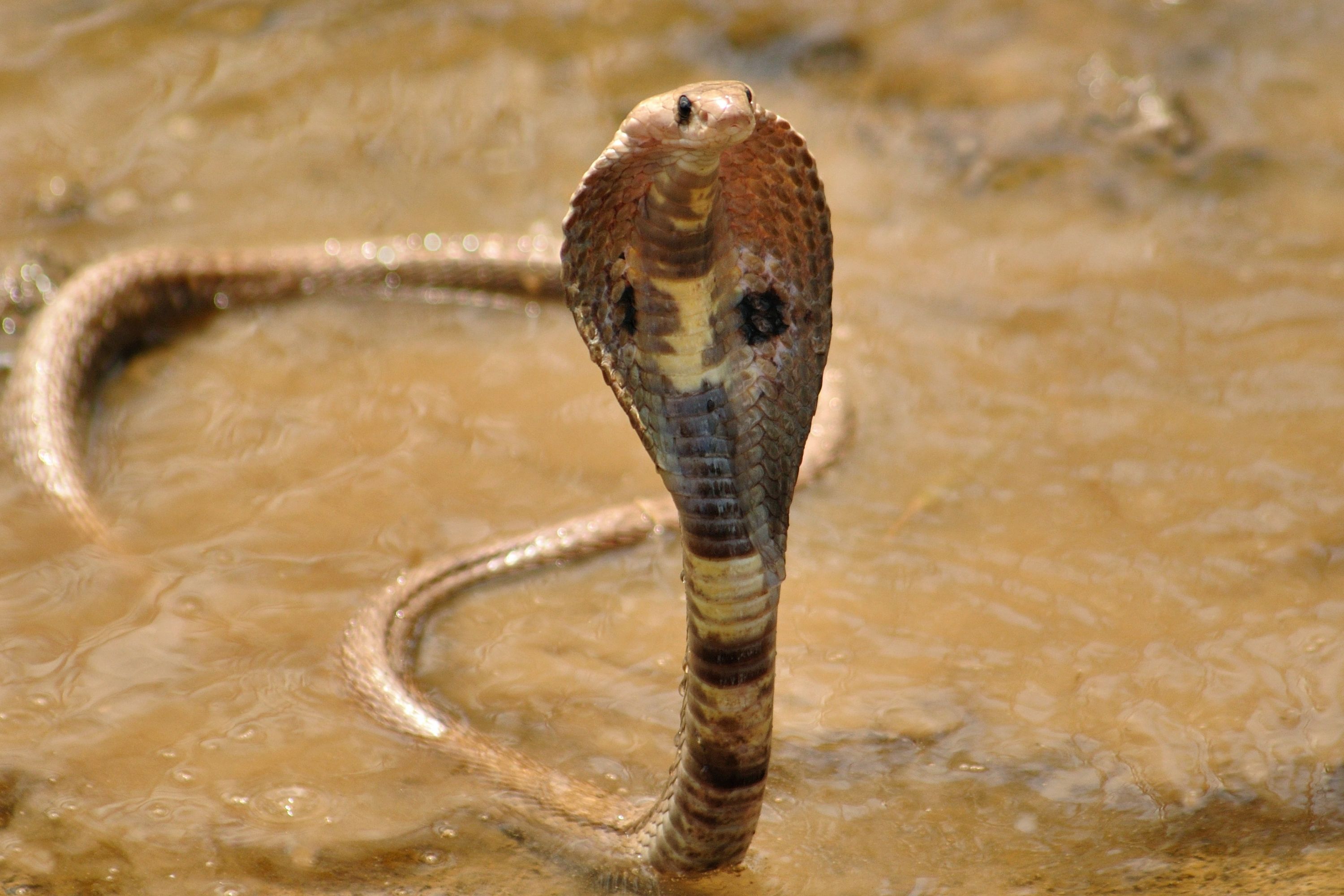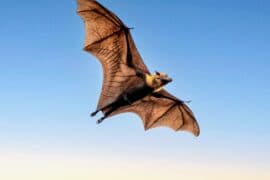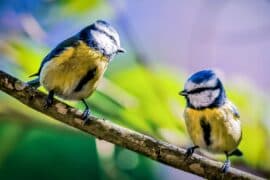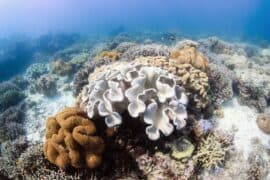Forest cobra
(Naja melanoleuca)

Description
The forest cobra (Naja melanoleuca), also commonly called the black cobra and the black and white-lipped cobra, is a species of venomous snake in the family Elapidae. The species is native to Africa, mostly the central and western parts of the continent.It is the largest true cobra species with a record length of 3.2 metres (10 feet). Although it prefers lowland forest and moist savanna habitats, this cobra is highly adaptable and can be found in drier climates within its geographical range. It is a very capable swimmer and is often considered to be semi-aquatic. The forest cobra is a generalist in its feeding habits, having a highly varied diet: anything from large insects to small mammals and other reptiles.This species is alert, nervous and is considered to be a very dangerous snake. When cornered or molested, it will assume the typical cobra warning posture by raising its fore body off the ground, spreading a narrow hood, and hissing loudly. Bites to humans are less common than from other African cobras due to various factors, though a bite from this species is a life-threatening emergency. The forest cobra is Africa's largest cobra of the genus Naja and possibly the largest of all the true cobra (Naja) species in the world.The length of an average adult is 1.4 to 2.2 m (4.6 to 7.2 ft), and they regularly attain lengths of 2.7 m (8.9 ft), and lengths up to 3.2 m (10 ft) have been recorded in the wild. The mean body mass of the species in one survey, which did not exclude juvenile cobras per se, was reported at a mean of 509.5 g (1.123 lb) while large, mature forest cobras are known to obtain weights of up to 2,000 to 3,600 g (4.4 to 7.9 lb). Males and females grow to be similar in length, as there is no sexual dimorphism within this species. The head of this snake is large, broad, flattened and is slightly distinct from the neck. It is a slightly depressed, tapered and moderately thick bodied snake with a slender tail that is medium in length. The body is compressed dorsoventrally (where the dorsal upper scales and the ventral lower scales meet at either side of the body) and sub-cylindrical posteriorly (the tail end of the body). The forest cobra has long cervical ribs capable of expansion to form a long, wedge shaped hood when threatened. The angle between the crown of the head and the side of the head between the eye, also known as the canthus, is distinct, while the snout is rounded. Its eyes are large with round pupils
Taxonomic tree:







